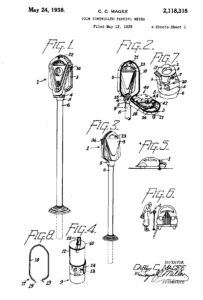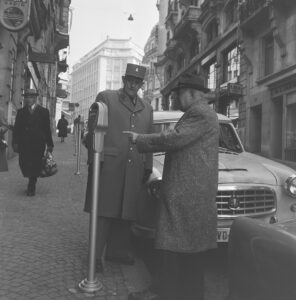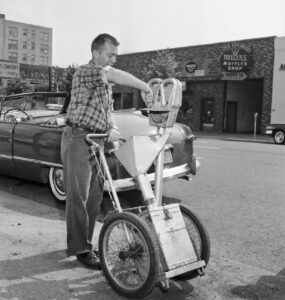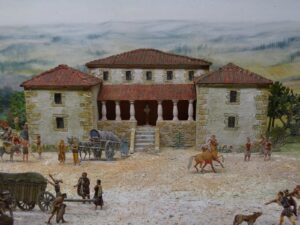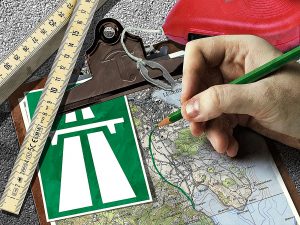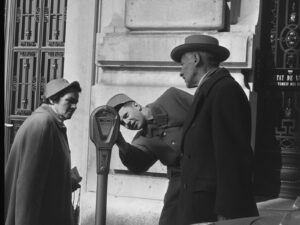
‘Black Maria’ – the world’s first parking meter
The parking meter is the scourge of the hurried motorist, demanding coins they don’t have on them. It was originally designed less as a way to generate revenue and more to ease parking congestion in cities. The first parking meter in Europe was installed in Basel in 1952.
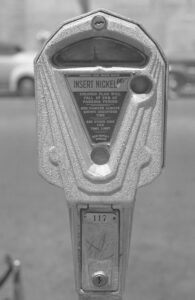
Carlton Cole Magee, inventor of the parking meter 1268 YouTube
